White Pine Lumber | Southern Pine Lumber | Pine Lumber
In the realm of lumber, White Pine stands out as a gem, prized for its exceptional qualities that make it a favorite among woodworkers, builders, and homeowners alike. In this article, we will explore the unique characteristics and versatile applications of White Pine lumber, showcasing why it has become a staple in the world of woodworking and construction.
Does White Pine lumber warp or twist easily?
White Pine is generally stable, but like any wood, it can be subject to some movement due to changes in moisture content. Proper drying and acclimation, along with correct installation techniques, can help minimize the risk of warping or twisting.

Understanding White Pine Lumber:
White Pine (Pinus strobus) is a species of softwood that is native to eastern North America. It is renowned for its pale color, fine grain, and exceptional workability. The wood from White Pine trees has been cherished for centuries, and its popularity endures due to its unique blend of aesthetics and practicality.
Key Characteristics:
- Light Color and Subtle Grain: White Pine lumber exhibits a pale, almost creamy color that imparts a sense of lightness and airiness to any project. Its fine, straight grain patterns contribute to a clean and classic appearance.
- Workability: One of the standout features of White Pine is its superb workability. It is easy to cut, shape, and finish, making it a preferred choice for woodworking projects where precision and detail are crucial.
- Versatility: White Pine’s versatility is evident in its ability to complement a variety of design styles. Whether you’re aiming for a rustic, farmhouse aesthetic or a more modern and sleek look, White Pine adapts beautifully to different design sensibilities.
Applications of White Pine Lumber:
- Interior Paneling and Trim: White Pine is frequently used for interior paneling and trim work, adding a touch of elegance to living spaces. Its light color provides a neutral backdrop that can suit various design schemes.
- Furniture: Craftsmen often choose White Pine for furniture projects due to its ease of workability and the ability to take stains and finishes well. From tables and chairs to cabinets and bed frames, White Pine lends itself to a wide range of furniture styles.
- Doors and Windows: White Pine lumber is a popular choice for crafting doors and window frames. Its stability and resistance to warping make it a reliable material for these essential components of a home.
- Cabinetry: Whether you’re creating kitchen cabinets or bathroom vanities, White Pine offers a clean and classic look. Its workability allows for intricate detailing, making it a favorite among cabinet makers.
- Exterior Siding: While White Pine is often associated with interior applications, it can also be used for exterior siding, especially when properly treated and finished. It provides a light and natural aesthetic to the exterior of homes.
Sustainability Considerations:
White Pine is often sourced from responsibly managed forests, and its relatively fast growth makes it a more sustainable option compared to slower-growing hardwoods. Choosing White Pine lumber from certified sources ensures that environmental impact is minimized.
Conclusion:
In the world of lumber, White Pine stands as a testament to the enduring appeal of natural beauty and versatility. Whether you’re embarking on a woodworking project, building a home, or simply adding a touch of elegance to your living space, White Pine lumber proves itself as a timeless and reliable choice. With its light color, fine grain, and exceptional workability, White Pine continues to be a favorite among those who appreciate the marriage of aesthetics and functionality in the world of wood.

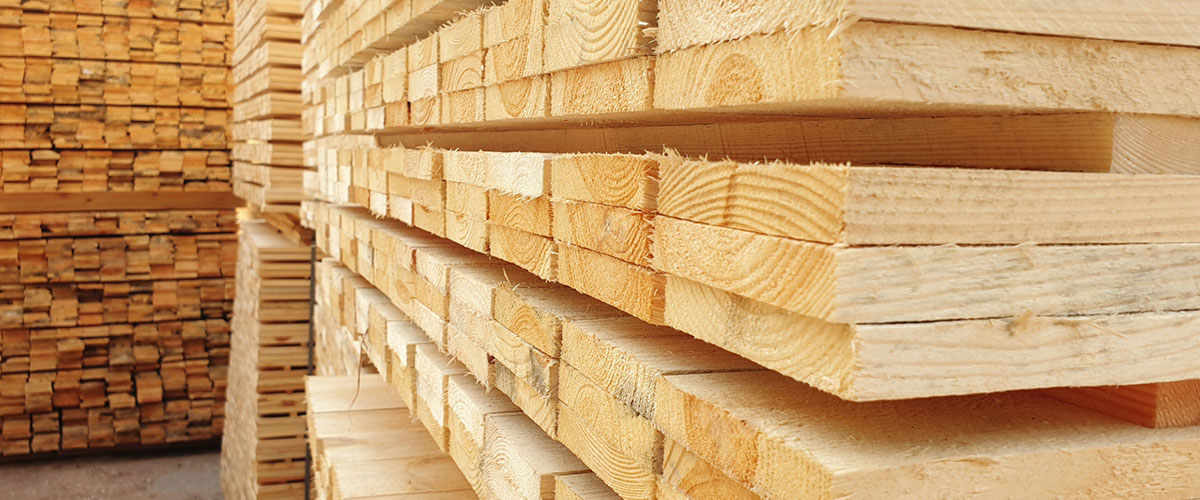
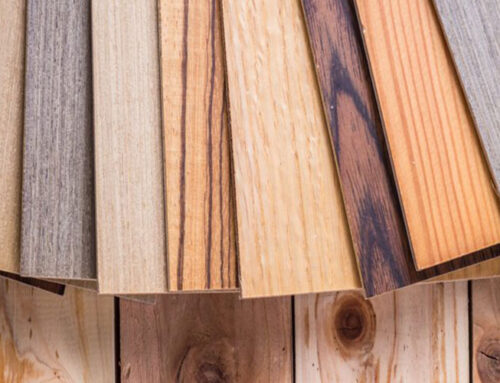
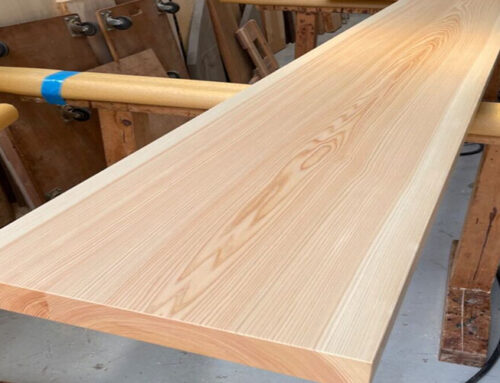
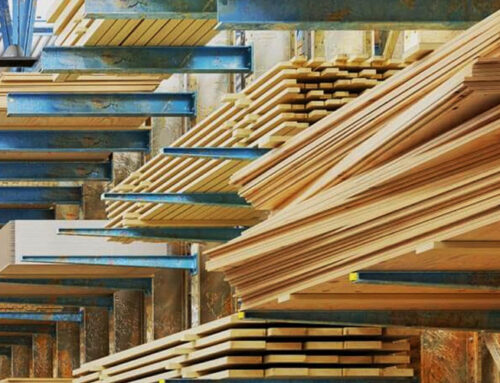
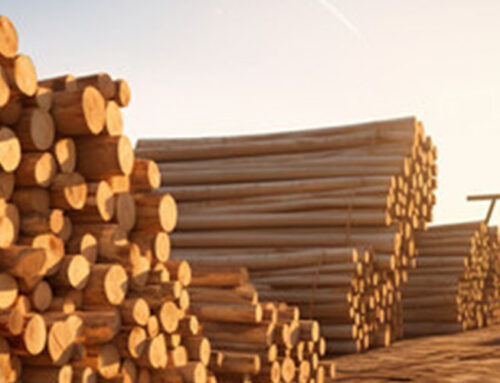
Leave A Comment